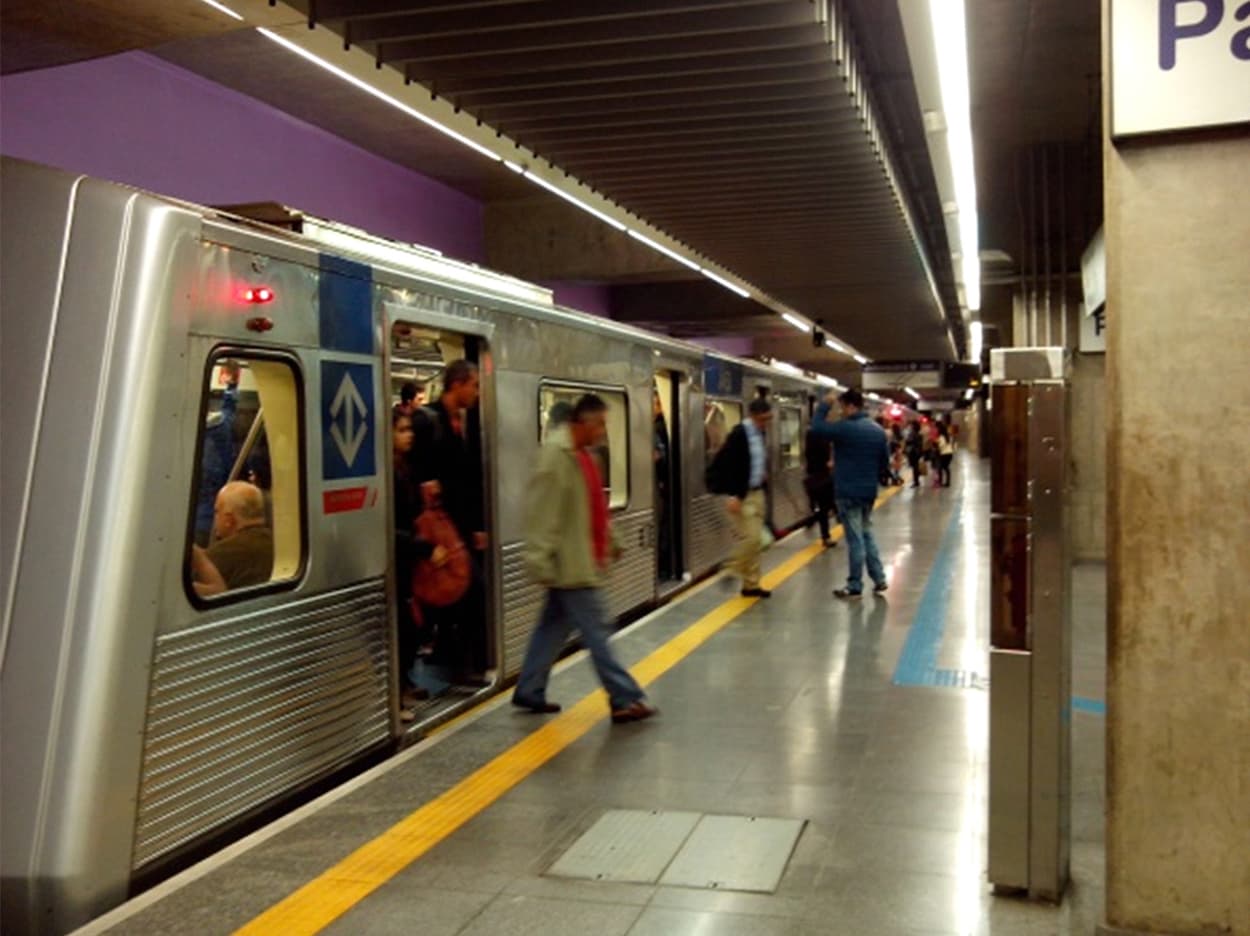
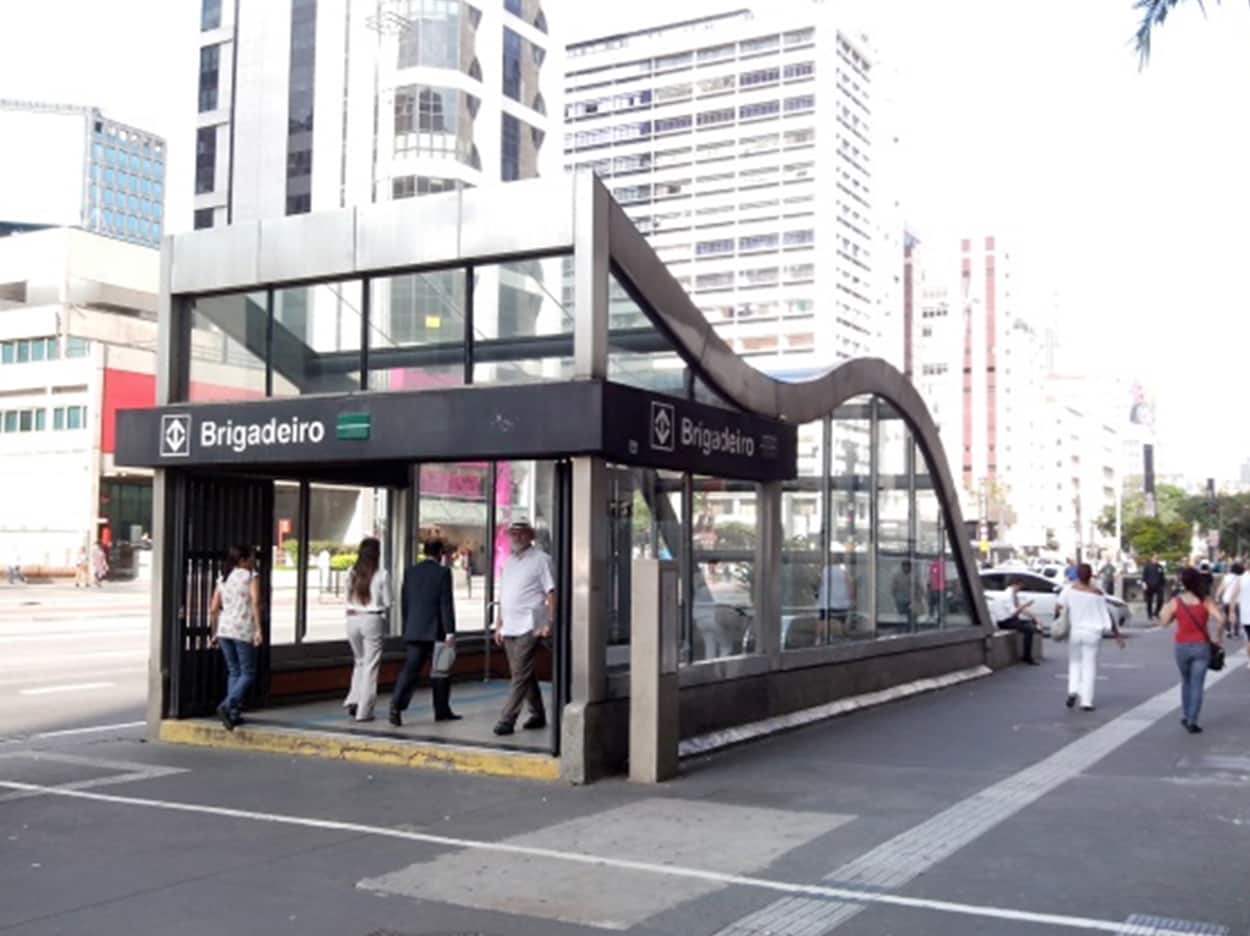
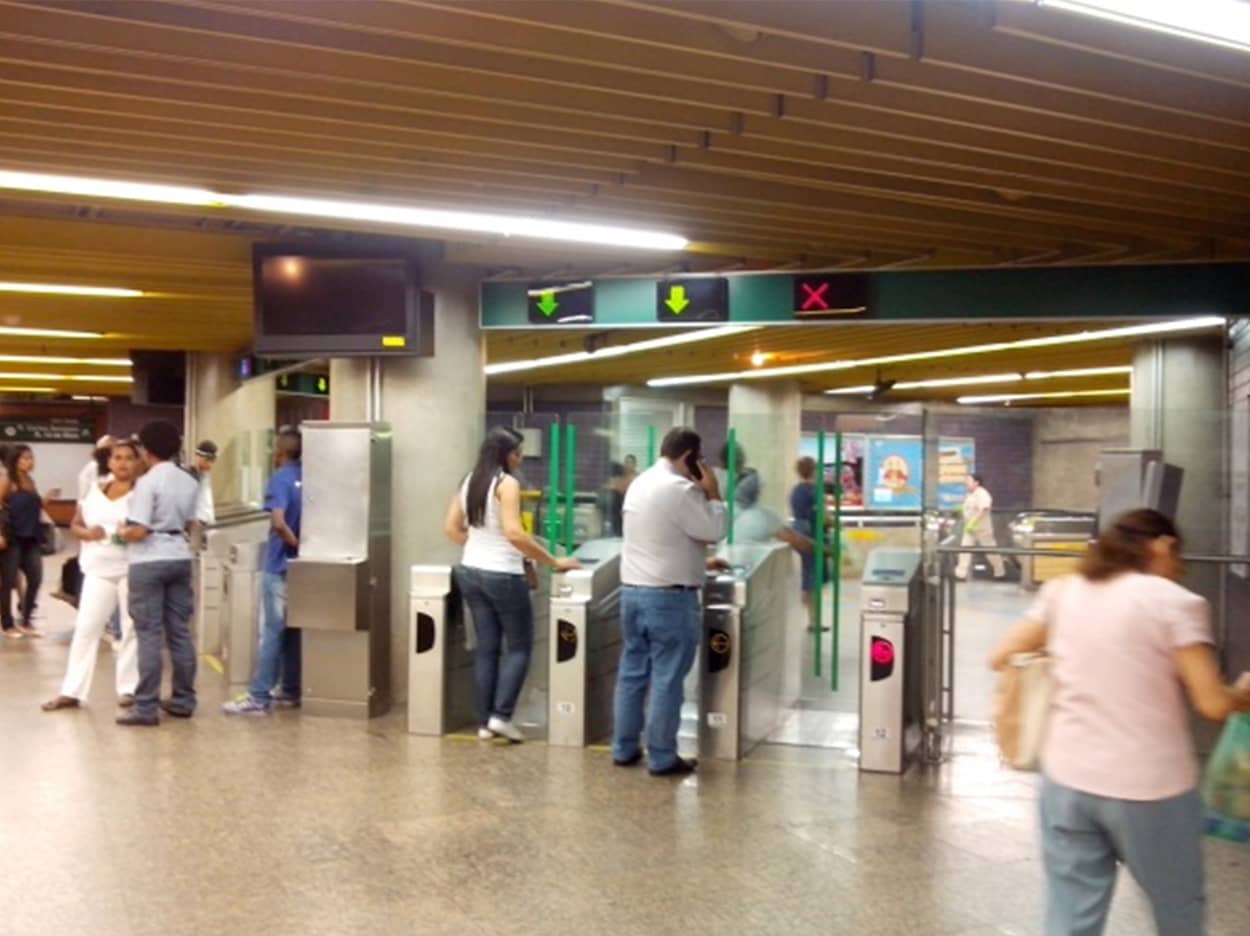
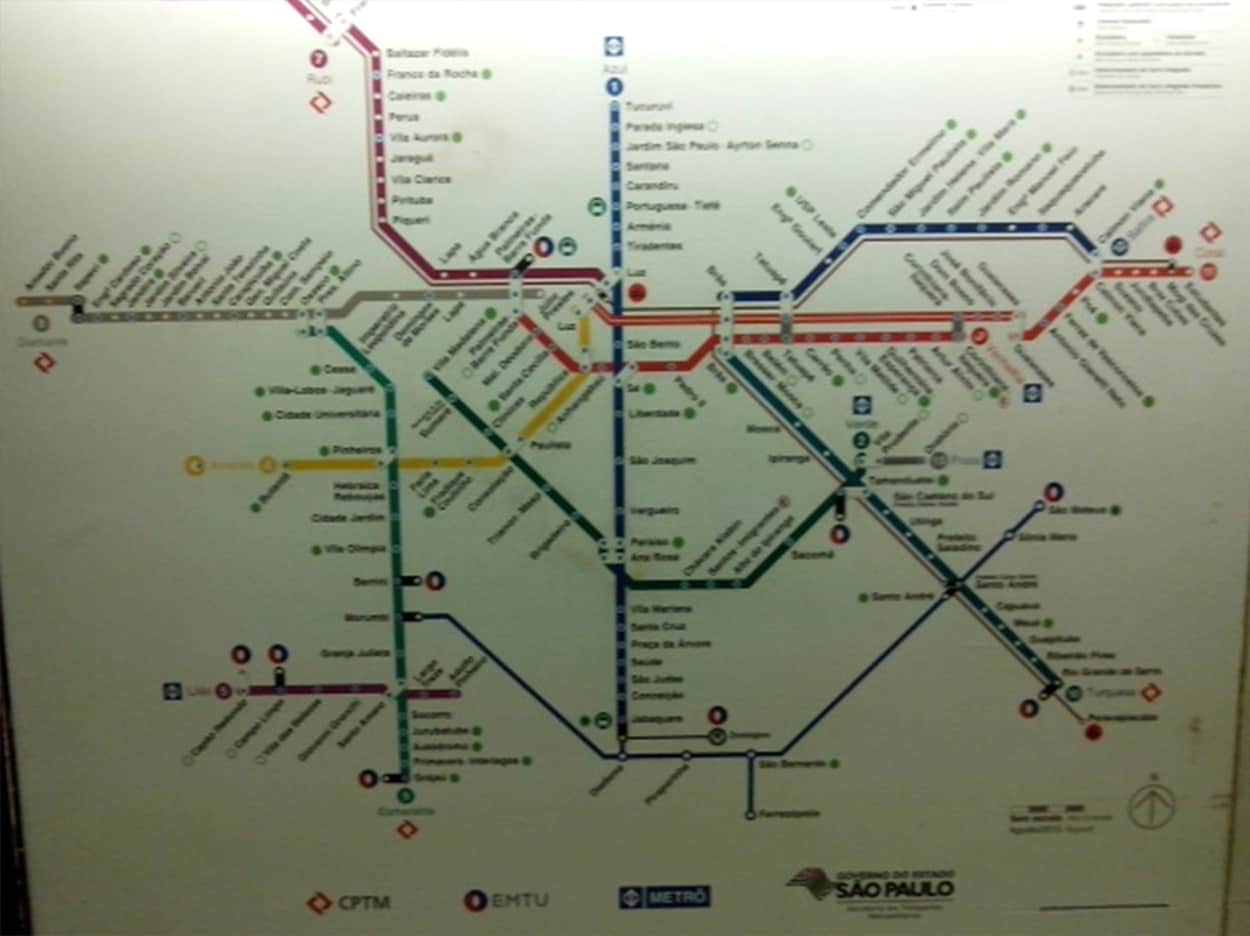
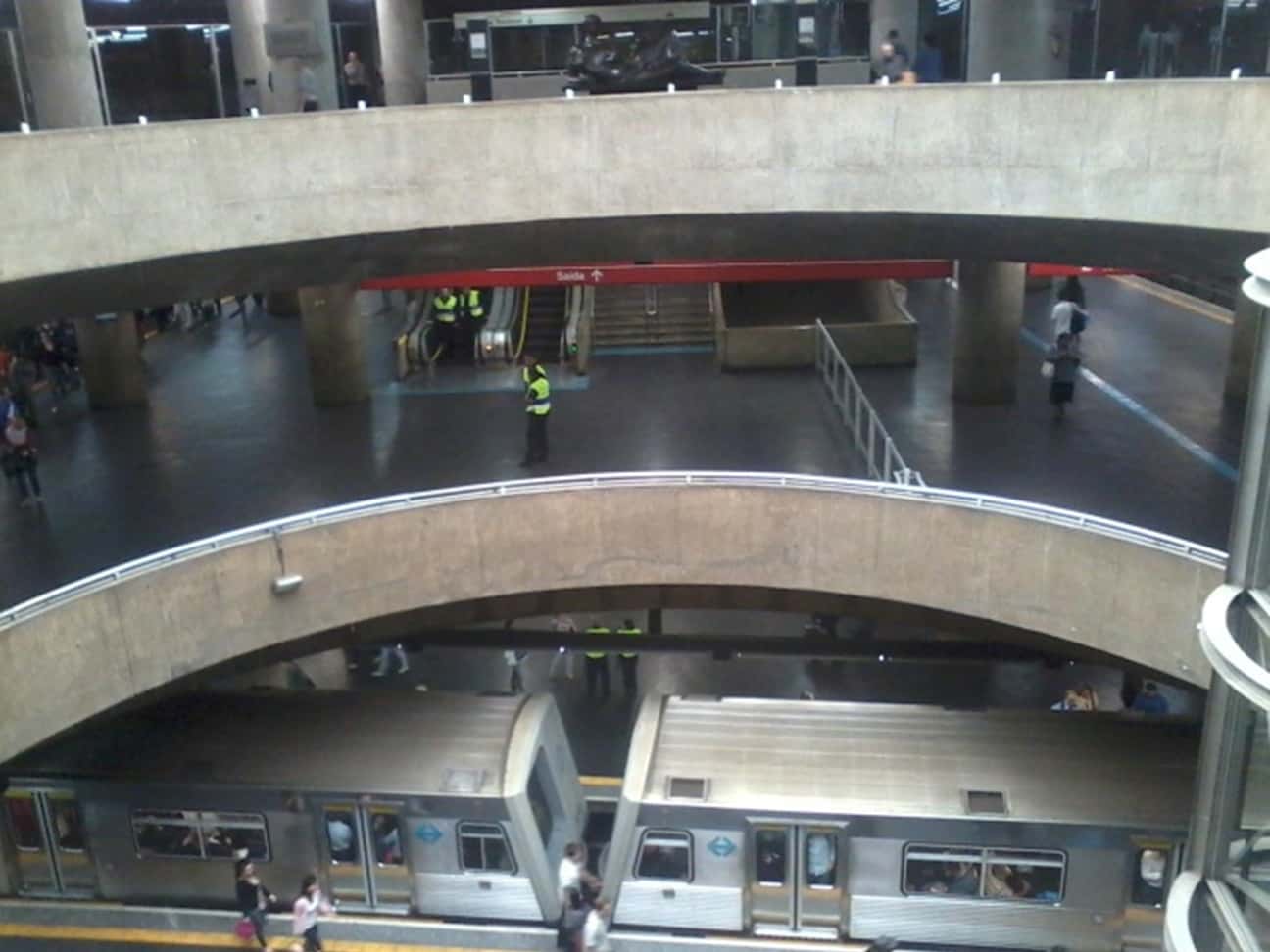
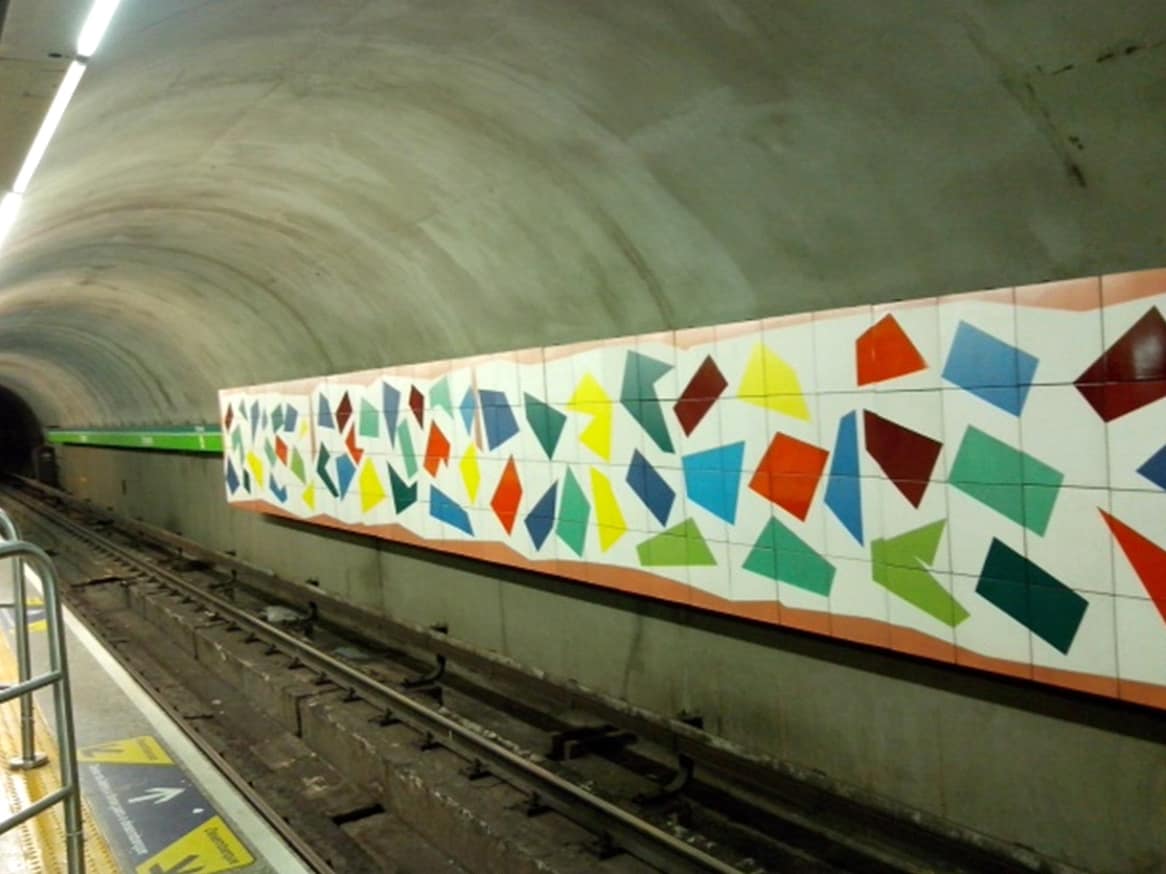


REPOTER

- Nami Minaki Sandra
- JobLanguage teacher,shadow box crafter
Born and raised in Brazil. After graduating from university, She has been teaching shadow box crafts that she learned while in Singapore where she resided for three years due to her husband’s work and she is also a language teacher. She is in love with the life here in São Paulo where cultures and traditions of various countries melt together.
What's New
-

- 2025.06.30
- E-scooters
- Sao paulo( Brazil )
-

- 2025.06.27
- Blog Liguria - Blooming villages
- Genoa( Italy )
-

- 2025.06.26
- Planning a calligraphy event at a Japanese variety shop
- Sydney( Australia )
-

- 2025.06.25
- Flower design in London
- London( UK )
-

- 2025.06.24
- That’s someone’s job?
- Milan( Italy )
-

- 2025.06.23
- A Mirror Across Mountains — Shared Superstitions of the Kyrgyz and Japanese
- Bishkek( Kyrgyz Republic )
REPORTER
-

- Nami Minaki Sandra
- Sao pauloBrazil
-

- Patrizia Margherita
- GenoaItaly
-

- Hiroko Fujita
- SydneyAustralia
-

- GianFranco Belloli
- LondonUK
-

- Yuriko Mikami
- MilanItaly
-

- Daniiar Bakchiev
- BishkekKyrgyz Republic
-

- Susumu Yamada
- MadridSpain
-

- Megumi Ota
- Santo_isidoroPortugal
-

- Shoko Yamamoto
- ParacasPeru
-

- Patrick Sacco
- Austin, TexasU.S.A
-

- Alberto Ferrando
- SydneyAustralia
-

- Chieko Suganuma (maiden name : Nagura)
- Gold CoastAustralia
-

- Patrizia Margherita
- PortlandU.S.A
-

- Chuleeporn Suksabye
- Chiang MaiThailand
-

- Padra Rivodo Hiromi
- MonterreyMexico
-

- Erika Anderson
- CarmelU.S.A
-

- Keiko Miki
- DublinIreland
-

- Knowledge Capital Staff
- Japan-townJapan
-

- Rim
- DusseldorfGermany
-

- Claudia Diaz
- New YorkU.S.A
-

- Zia Fariya
- BangaloreIndia
-

- Mara Groner
- BerlinGermany
-

- Lisanne Kleinjan
- RotterdamNetherlands
-

- Christine Pilcavage
- MassachusettsU.S.A
-

- Martha Hickey
- MichiganU.S.A
-

- Mirai Tsuda
- FirenzeItaly
-

- Kazuya Yamaoka
- MontereyU.S.A
-

- Takae Nagamiya
- Los AngelesU.S.A
-

- Kazuhito Habu
- BerlinGermany
-

- Sanja Bogetic
- BelgradeSerbia
-

- Sarena Ehrlich
- FontainebleauFrance
-

- Yves Lalune
- DijionFrance
-

- Martha Hickey
- AmsterdamNetherlands
-

- Hiroshi Yamauchi
- VilniusLithuania
-

- Ritsuko Derickson
- WashingtonD.C.U.S.A
-

- Rei Watanabe
- BerlinGermany
-

- Tatsuji Seki
- BangkokThailand
-

- Rubin Cynthia Beth
- New HavenU.S.A
-

- Miho Bokuda
- FirenzeItaly
-

- Pat Lee
- Hong kongChina
-

- Weikalossu Lin
- TaichungTaiwan
-

- Emiko Ogawa
- LinzAustria
-

- Hironari Masuda
- ShanhaiChina
What's New
-

- 2025.06.30
- E-scooters
- Sao paulo( Brazil )
-

- 2025.06.27
- Blog Liguria - Blooming villages
- Genoa( Italy )
-

- 2025.06.26
- Planning a calligraphy event at a Japanese variety shop
- Sydney( Australia )
-

- 2025.06.25
- Flower design in London
- London( UK )
-

- 2025.06.24
- That’s someone’s job?
- Milan( Italy )
-

- 2025.06.23
- A Mirror Across Mountains — Shared Superstitions of the Kyrgyz and Japanese
- Bishkek( Kyrgyz Republic )












